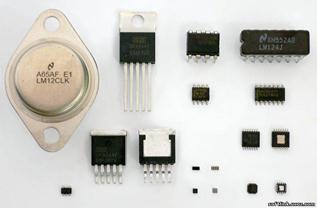Read the text below to find out more about the technology you use every day.
What exactly is the Internet? Research on dividing information into packets and switching them from computer to computer began in the 1960s. The U.S. Department of Defence Advanced Research Projects Agency (ARPA) funded a research project that created a packet switching network known as the ARPANET. ARPA also funded research projects that produced two satellite networks. In the 1970s ARPA was faced with a dilemma: each of its networks had The Internet technology was developed principally by American computer scientists Vinton Cerf in 1973 as part of an ARPA project managed by American engineer Robert Kahn. In 1989 many of these technologies were combined to create the World Wide Web. Initially designed to aid communication among physicists who worked in widely separated locations, the Web became immensely popular and eventually replaced other tools. Also during the 1980s, the U.S. government began to lift restrictions on who could use the Internet, and commercialization of the Internet began. In the early 1990s, with the users no longer restricted to the scientific or military communities, the Internet quickly expanded to include universities, companies of all sizes, libraries, public and private schools, local and state governments, individuals, and families. A sprawling and loosely organized computer communications network made up of many smaller networks patched together, Internet is owned and controlled by no single entity. Several technical challenges must be overcome if the Internet is to continue growing at the current phenomenal rate. The primary challenge is to create enough capacity to accommodate increases in traffic. Internet traffic is increasing as more people become Internet users and existing users send ever greater amounts of data. The Post-industrial Age is the information age, and the means to acquire, store, manipulate and use information will lead to success and power. That is why electronic transfer of information is so important to education. Moreover, since electronic communications are global, this technology creates many opportunities for cultural and linguistic exchange, impacting on language education and our roles as language teachers and cultural ambassadors.
|

 advantages for some situations, but each network was incompatible with the others. ARPA focused research on ways that networks could be interconnected, and the Internet was envisioned and created to be an interconnection of networks.
advantages for some situations, but each network was incompatible with the others. ARPA focused research on ways that networks could be interconnected, and the Internet was envisioned and created to be an interconnection of networks.


